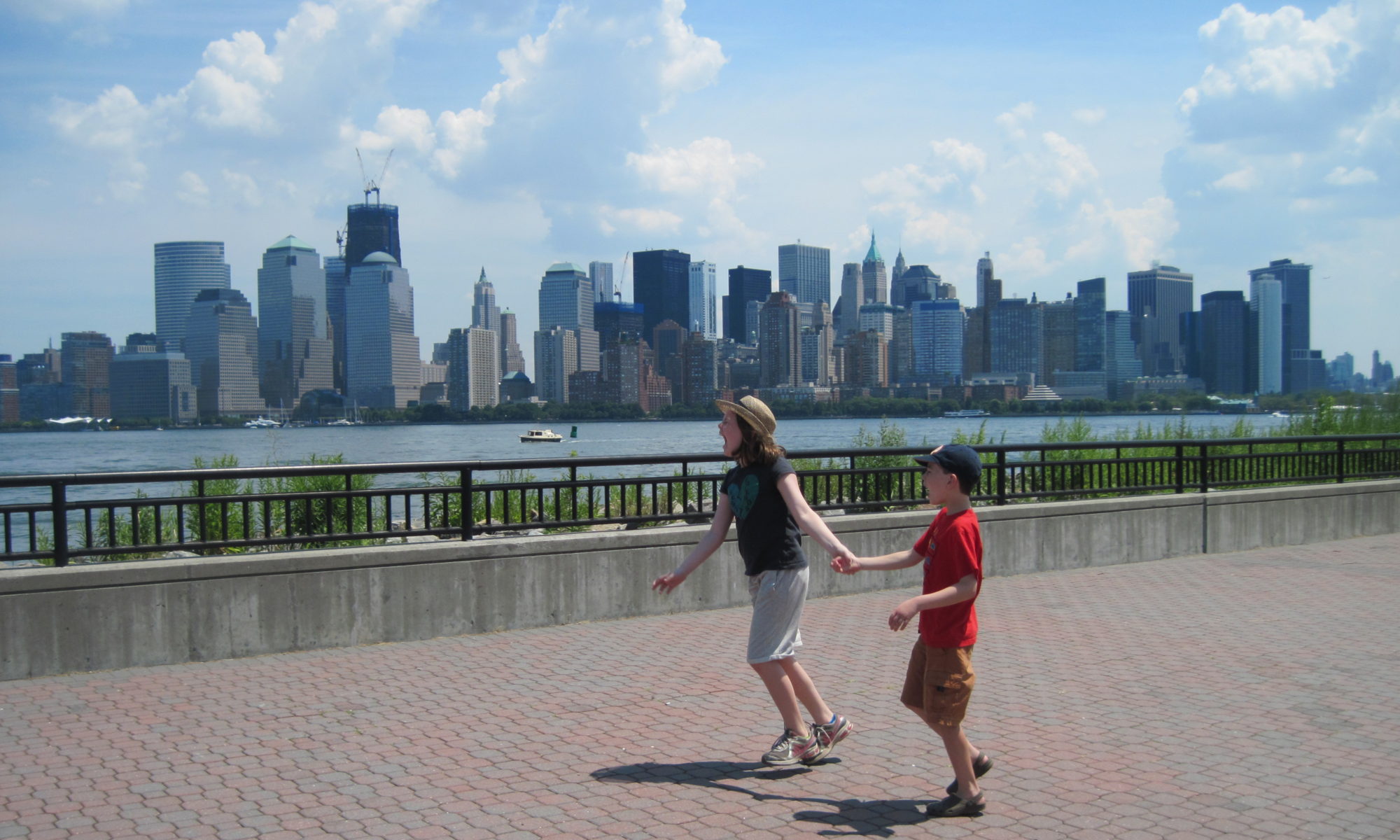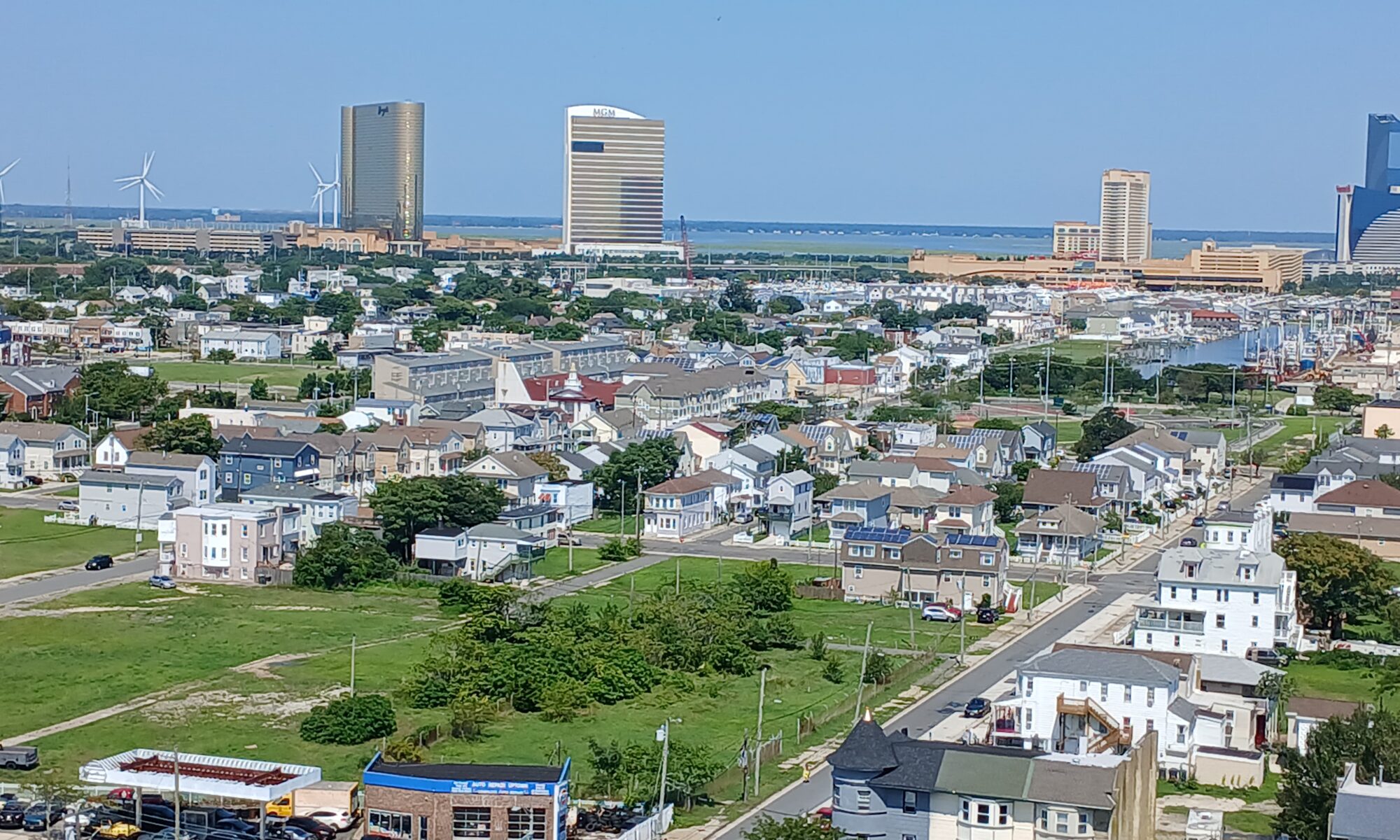
As New Jersey’s tallest lighthouse, the Absecon Lighthouse is 171 feet tall. It is also the nation’s third tallest. Go to Abesecon Lighthouse with kids!
The two taller lighthouses in the U.S. are Cape Hatteras in North Carolina, which is 30 feet taller, and Ponce de Leon Lighthouse in Daytona, Florida which is 4 feet taller.
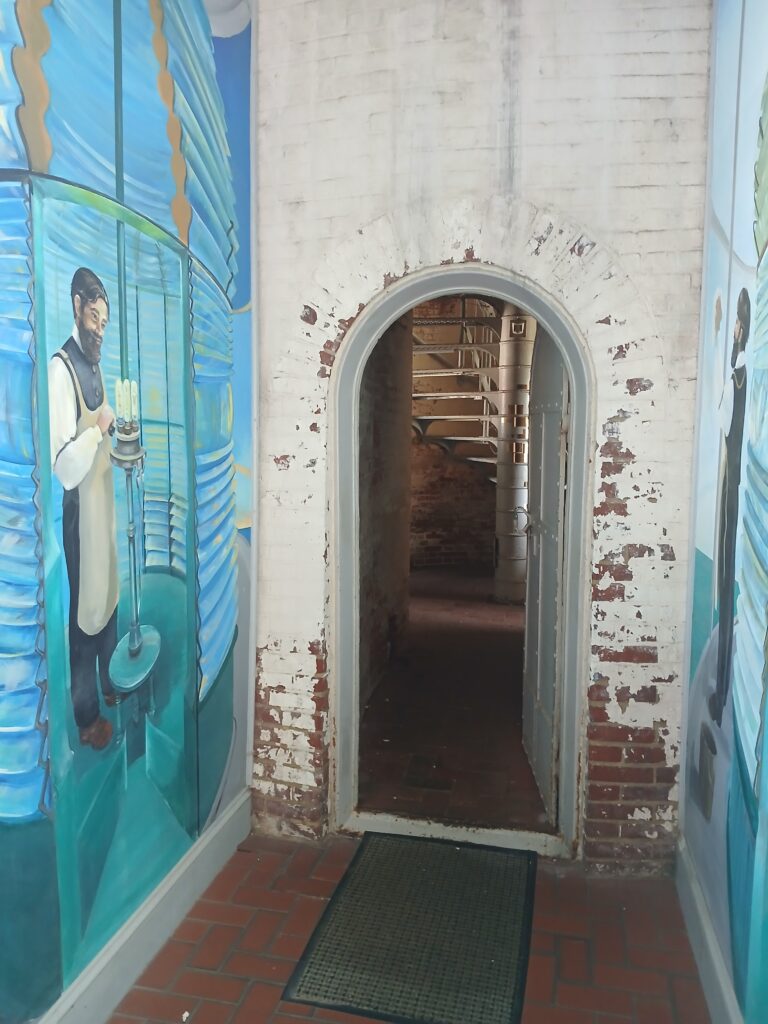
The lighthouse was first planned in 1954, built for $52,436. It was first used in 1857.
You might wonder when you get there why the lighthouse isn’t actually on the water but several blocks away. It was constructed on the island’s high dune line, and the water rose to within 75 feet of the tower in 1876. They constructed 4 wood and stone jetties by the base of the tower to build up the beach from erosion. By the 1880s, the jetties were covered in sand, restoring the shoreline to its original status.
The lighthouse was decommissioned in 1933.

This lighthouse used a Fresnel lens, weighing 12,800 pounds. It is 9 feet tall and created in France. It could be seen for 19.5 nautical miles. The Fresnel (pronounced Frey-nel) lens was invented by Augustine Jean Fresnel in 1822.
The lens has more than 100 glass prisms mounted onto the brass frame. The prisms are positioned so the light is captured from the source, then bent, traveling in a straight and intense plane of light. This lens can send 90% of the lamp’s light, concentrating it into a horizontal beam. The Absecon Lighthouse lens does not rotate or flash, and its light is differentiated from others on the New Jersey coast so sailers can tell the difference.
The Navesink Light Station in the Atlantic Highlands also has a Fresnel lens. The Absecon Lighthouse is the only one in the state with its original first-order Fresnel lens in place.
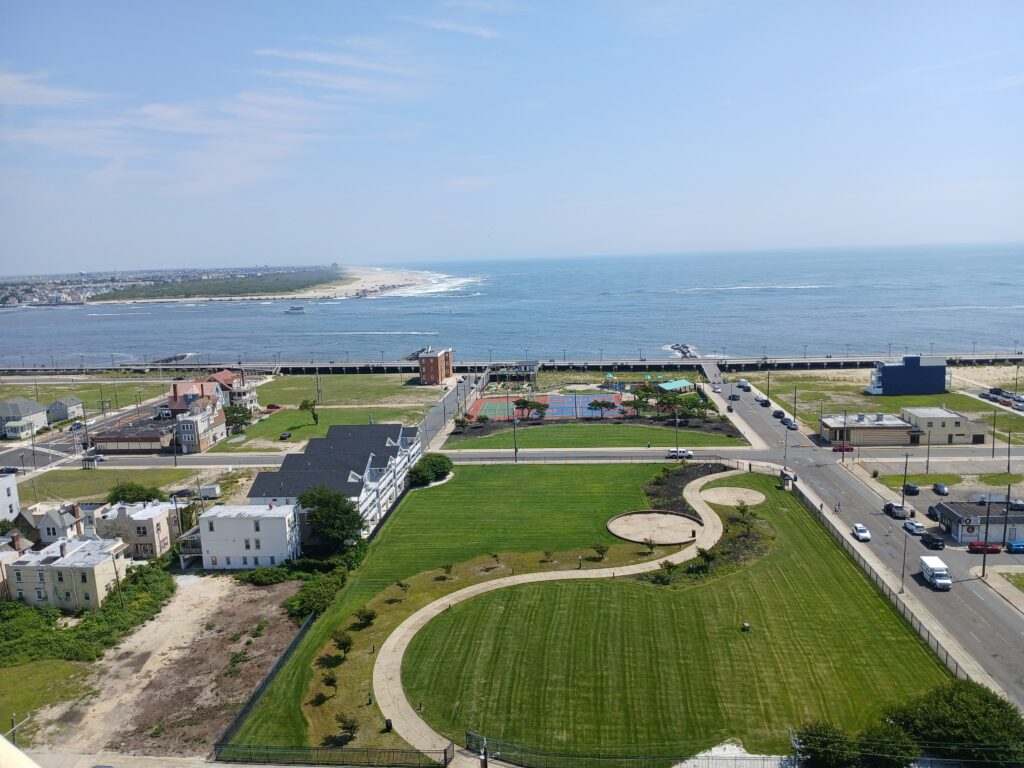
At the top you get a 360 view of Atlantic City, the ocean, and surrounding areas. There are 228 steps to the top, but landing areas you can rest if needed.
The two times we’ve been, there’s a volunteer on top with a plethora of information to share. You’ll also get a signed card showing you climbed to the top.

The property also had a weather bureau and a greenhouse for its gardens. The greenhouse was built around the 1900s, but the Federal Lighthouse Board mandated it, and the gardens, be dismantled. There’s now a small garden you can walk through.
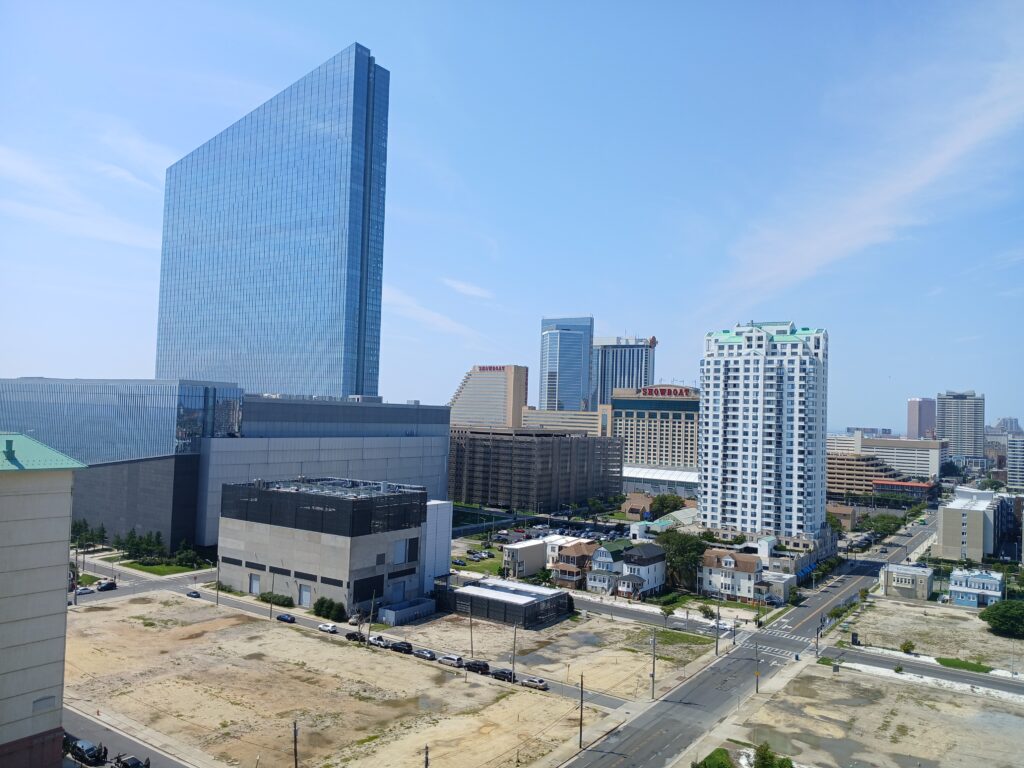
On the property (free parking!) you’ll learn how there was a life-saving station there by 1872. The lighthouse warned boats of the sandbars, but the life-saving service had “surfmen” available to row out to rescue anyone who had a boat accident at sea. You can see one of the surfboats on the property.
You can go into the oil house, which now has some displays sharing the lighthouse history. The Absecon light was initially fed by mineral oil – 2 gallons daily in summer, 3.5 gallons in winter. Oil was used until at least 1921.

The connected building has some additional displays and a gift shop with many historic postcards.
Visit Absecon Lighthouse with kids
Absecon Lighthouse Tickets: Open daily July-August, and the rest of the year you can visit Thursdays through Mondays. Prices vary, but figure $10/adult, $6/kid over age 4.
